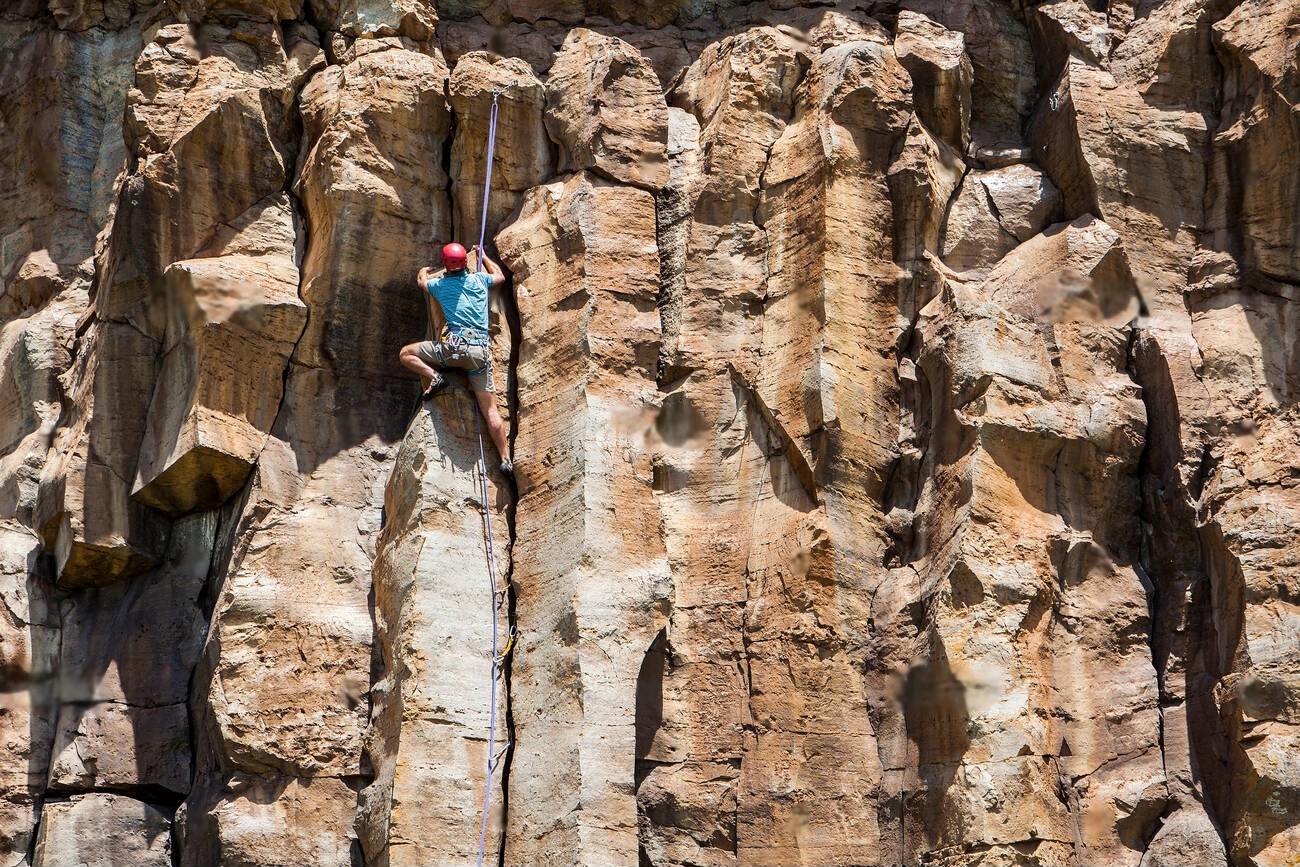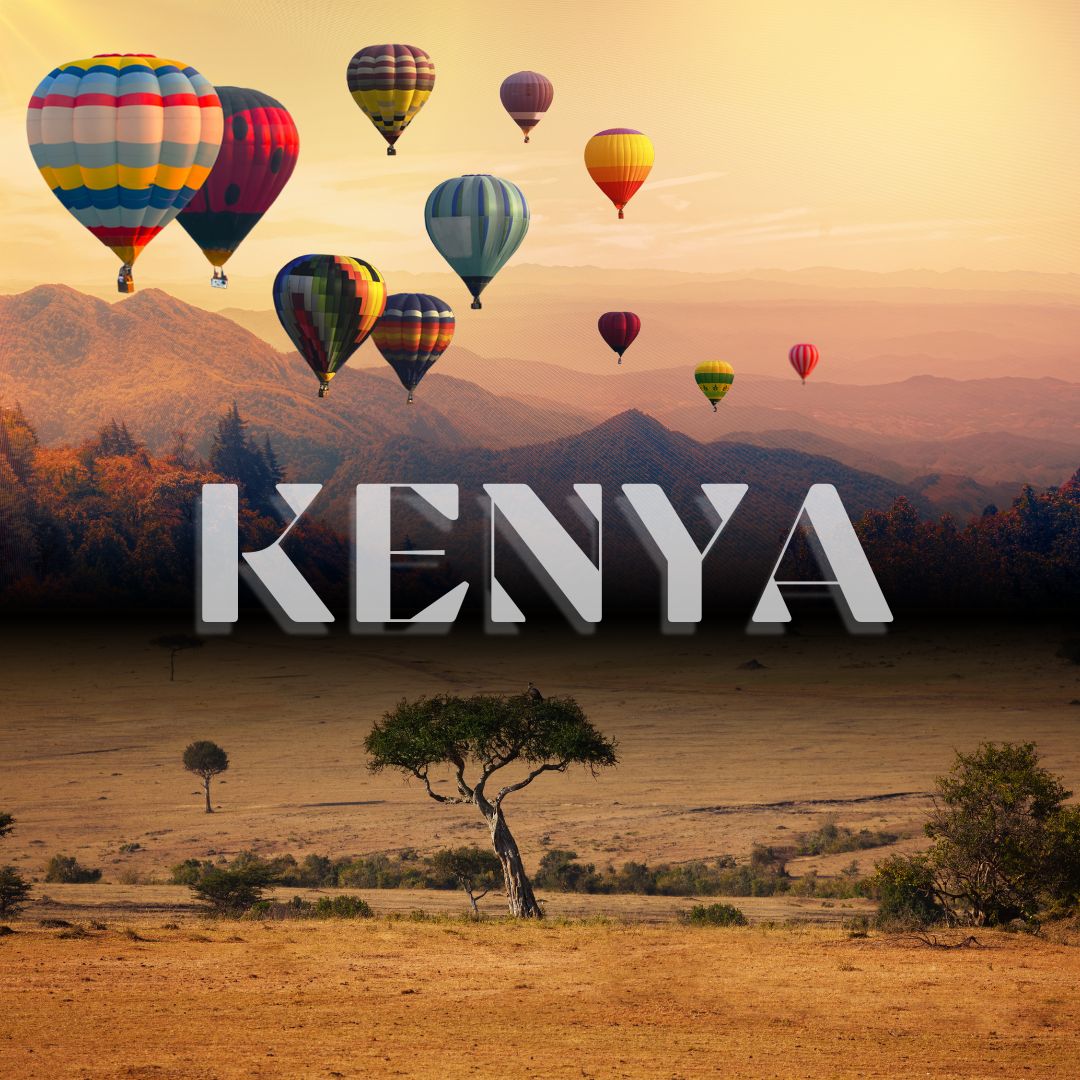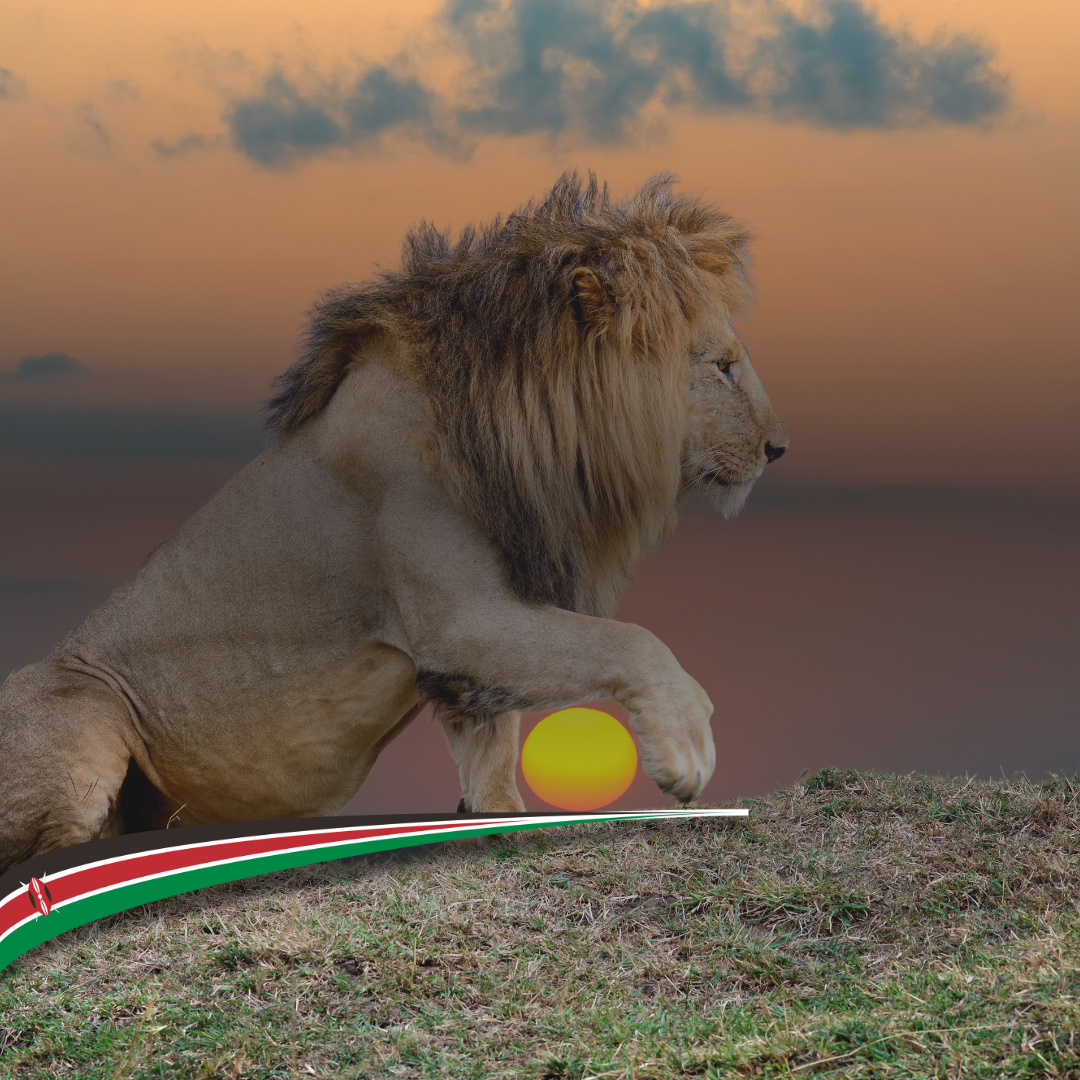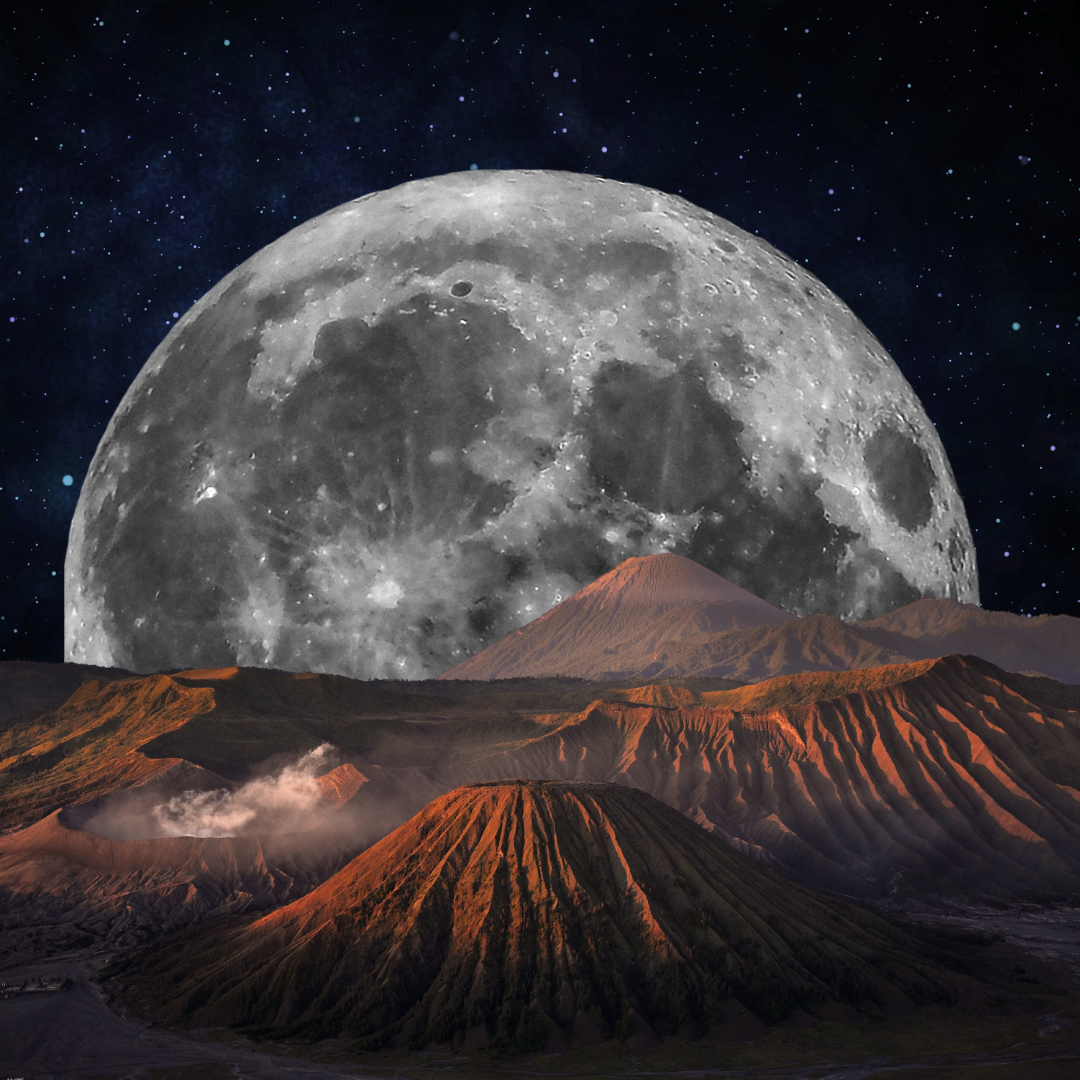Nepal and Kenya represent two distinct approaches to wildlife safari experiences, each offering unique ecosystems and remarkable biodiversity. While Kenya is renowned worldwide for its vast savannahs and the iconic “Big Five,” Nepal’s safari treasures remain somewhat under the international radar despite hosting spectacular wildlife including the Bengal tiger and one-horned rhinoceros. This guide compares Nepal and Kenya best safari destinations in the World, to help travelers understand the distinctive safari experiences each country offers.
Table of Contents
Nepal and Kenya Safari
Nepal Safari Destinations
This section outlines the key component of Nepal and Kenya two safari destinations, highlighting their unique wildlife and safari experiences.
Nepal offers a wildlife experience unlike any other in the world. Nestled at the foothills of the majestic Himalayas, the country’s subtropical jungles create the perfect habitat for some of Asia’s most endangered and magnificent creatures. The unique geography of Nepal means visitors can witness remarkable biodiversity within relatively compact and accessible areas. Conservation efforts have led to impressive recovery of several endangered species, making Nepal a beacon of wildlife preservation in South Asia.
The vibrant ecosystem of Nepal’s Terai region presents an immersive journey where ancient forests meet grasslands and river systems. Here, visitors can experience close encounters with endangered megafauna while indigenous communities share centuries-old knowledge of coexisting with these magnificent animals. The juxtaposition of dense jungles against the backdrop of the world’s highest mountains creates wildlife viewing opportunities that simply cannot be replicated elsewhere.
Wildlife Species

- Bengal tigers
- One-horned rhinoceros
- Asian elephants
- Sloth bears
- Gharial crocodiles
- Leopards
- Wild water buffalo
- Gangetic dolphins
- Over 850 bird species
- Python and king cobra
Note: Morning and late afternoon provide optimal viewing opportunities when animals are most active.
National Parks
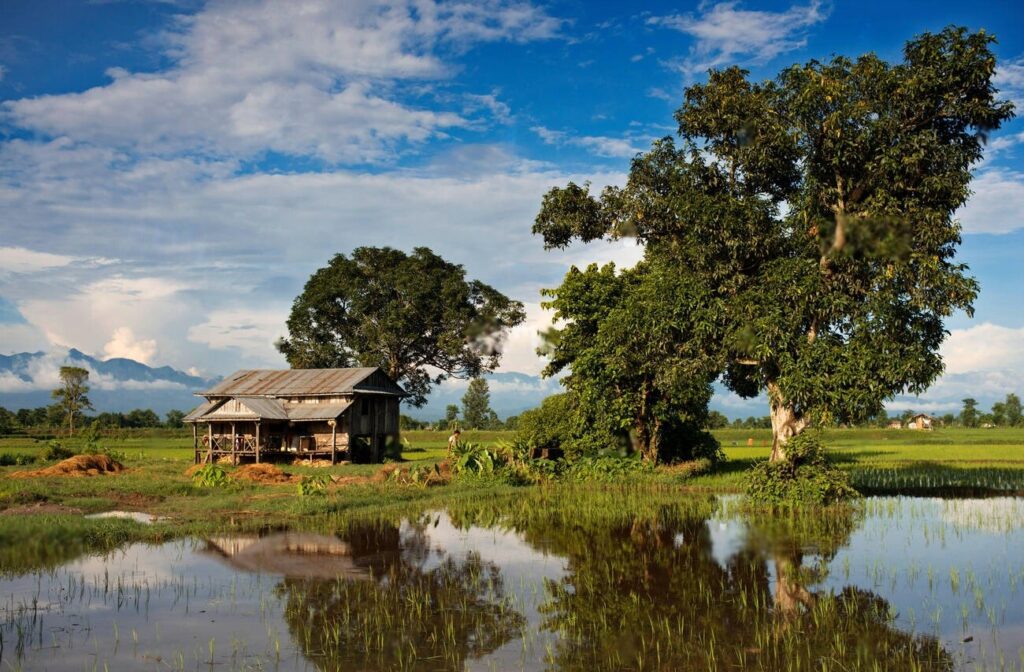
- Chitwan National Park
- Bardia National Park
- Shuklaphanta National Park
- Parsa National Park
- Koshi Tappu Wildlife Reserve
- Banke National Park
Note: Conservation fees paid by visitors directly support anti-poaching operations, habitat restoration, and community development programs.
Optimal Viewing Seasons

- October-November (post-monsoon)
- December-January (winter)
- February-March (dry season)
- April (spring)
Indigenous Communities

- Tharu
- Bote
- Majhi
- Musahar
- Darai
Note: Combine wildlife viewing with cultural experiences by visiting Tharu villages, where traditional dances often mimic movements of forest animals.
Nepal’s approach to conservation stands as a global success story worth celebrating. By implementing community-based conservation models, the country has managed to achieve remarkable milestones that once seemed impossible. The one-horned rhinoceros population has increased from fewer than 100 individuals to over 750 today. Similarly, Nepal has successfully doubled its tiger population within a decade, demonstrating what committed conservation can achieve.
The wildlife experience in Nepal is enhanced by the cultural dimension that permeates every aspect of the journey. The indigenous Tharu people, who have lived alongside these creatures for generations, offer insights into traditional ecological knowledge that has helped maintain balance in these ecosystems. Their distinctive architecture, cuisine, and artistic expressions all reflect an intimate connection with the natural world. This cultural element adds depth to wildlife viewing that few other destinations can offer.
What sets Nepal apart is the accessibility of its wildlife. Unlike other destinations where finding megafauna might require extended journeys, Nepal’s compact protected areas often deliver remarkable sightings within short timeframes. The varied topography creates natural viewing corridors, while experienced guides, many from local communities bring generations of tracking knowledge to each excursion. This combination of factors makes Nepal particularly among the best safari destinations in the world and appealing for wildlife enthusiasts with limited time or those seeking an introduction to Asian wildlife.
“Nepal represents the perfect marriage between conservation science and traditional knowledge. The recovery of the greater one-horned rhinoceros here stands as one of the great conservation success stories of our time.” — Wildlife Conservation Society
“In Nepal, you don’t just see wildlife; you experience it within its complete cultural and ecological context. This holistic approach creates memories that transcend typical safari experiences.” — National Geographic Explorer
Note: Nepal’s community-based anti-poaching units have achieved multiple “zero poaching” years for rhinos, a remarkable achievement that demonstrates the effectiveness of involving local people in conservation.
Kenya Safari Destinations
Kenya stands among the best safari destinations in the world, where vast savannahs stretch to the horizon under impossibly blue skies. This East African nation has pioneered wildlife tourism for generations, setting the standard by which all safari experiences are measured. Kenya’s diverse ecosystems support an extraordinary concentration of wildlife, from the iconic annual wildebeest migration to healthy populations of endangered species. The country’s commitment to conservation has created a network of protected areas that preserve some of Africa’s most pristine wilderness.
The Kenyan safari experience is characterized by dramatic landscapes that seem designed specifically for wildlife viewing. From the rolling grasslands of the Masai Mara to the stark beauty of Samburu and the mist-shrouded slopes of Mount Kenya, the country presents a mosaic of habitats that support remarkable biodiversity. This geographic diversity allows visitors to witness different species and ecosystems within a single journey, creating a comprehensive introduction to East African wildlife that few destinations can match.
Wildlife Species
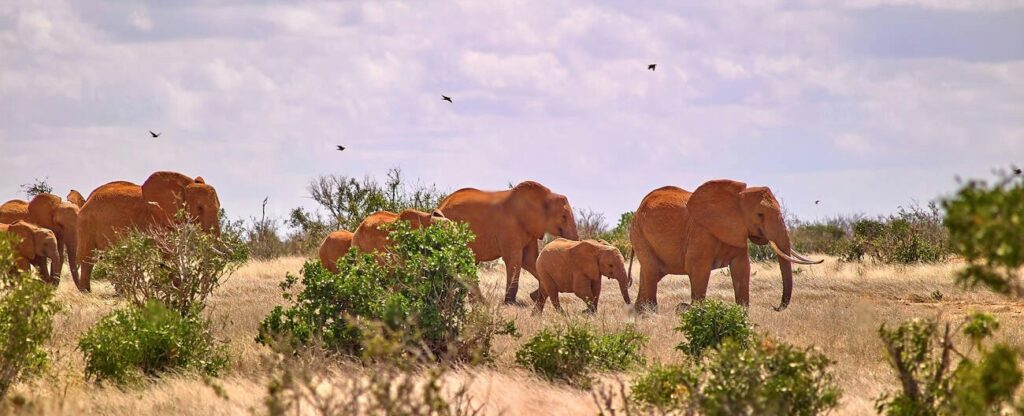
- African elephants
- Lions
- Leopards
- Cheetahs
- Black and white rhinoceros
- Giraffes
- Hippos
- Wildebeest
- Zebras
- African buffalo
- Over 1,100 bird species
- Nile crocodiles
Note: Early morning and late afternoon game drives provide optimal lighting and wildlife activity, while midday offers an opportunity to observe behavior around water sources.
National Parks and Reserves

- Masai Mara National Reserve
- Amboseli National Park
- Tsavo East and West National Parks
- Samburu National Reserve
- Lake Nakuru National Park
- Meru National Park
- Aberdare National Park
- Mount Kenya National Park
- Nairobi National Park
- Ol Pejeta Conservancy
Note: Conservation fees directly support anti-poaching efforts, habitat management, and community development programs throughout Kenya.
Optimal Viewing Seasons
- January-February (dry season)
- June-October (migration season)
- November-December (green season)
- March-May (long rains)
Note: Consider visiting both savannah and woodland habitats to experience Kenya’s full wildlife diversity.
Indigenous Communities

- Maasai
- Samburu
- Turkana
- Rendille
- Swahili
- Kikuyu
Kenya’s approach to wildlife conservation has evolved into a sophisticated model that balances protection with sustainable tourism and community involvement. The conservancy model, which partners private investors with local landowners, has transformed wildlife preservation while creating economic opportunities for indigenous communities. This innovative approach has expanded protected habitats beyond national park boundaries, creating vital wildlife corridors and buffer zones that allow animals to follow natural migration patterns.
The cultural dimension of Kenya’s wildlife experience adds immeasurable depth to the safari journey. The Maasai and Samburu peoples, with their vibrant traditions and intimate knowledge of the land, provide insights into an ancient relationship between humans and wildlife. Many lodges and conservancies incorporate cultural visits, where travelers can engage with community members to understand traditional ecological knowledge that has sustained these ecosystems for centuries. This cultural exchange transforms wildlife viewing from mere observation to a deeper understanding of complex relationships.
What makes Kenya particularly special is the accessibility and reliability of its wildlife encounters. The country’s well-developed tourism infrastructure ensures comfortable viewing experiences even in remote regions, while skilled guides many born and raised in wildlife areas bring exceptional tracking abilities and ecological understanding to each excursion. The diversity of experiences available means visitors can combine classic game drives with walking safaris, hot air balloon journeys, or horseback adventures, each offering a different perspective on Kenya’s wildlife treasures.
“Kenya represents the original safari dream where wildlife conservation and tourism were first united to protect some of Earth’s most magnificent creatures and landscapes. The model developed here has influenced wildlife preservation worldwide.” — World Wildlife Fund
“The Great Migration across the Masai Mara isn’t just a wildlife spectacle; it’s a profound reminder of nature’s rhythms and resilience that has continued uninterrupted for millennia.” — National Geographic
Note: Many Kenyan conservation areas have pioneered innovative technologies for wildlife protection, including GPS tracking of endangered species and drone surveillance against poaching.
Experience Both Worlds
The Magic of Safari in Nepal and Kenya
Safari enthusiasts seeking truly complete wildlife experiences should consider the remarkable offerings of Nepal and Kenya. Each destination presents a dramatically different yet equally captivating approach to wildlife encounters.
Nepal welcomes you into a world of misty jungles and riverine grasslands where wildlife hides among dense vegetation. The thrill comes from patience and discovery, the sudden appearance of a one-horned rhinoceros bathing in a stream, or the heart-stopping moment when a Bengal tiger emerges silently from the undergrowth. Whether you’re perched atop an elephant on a traditional safari or tracking wildlife on foot with expert naturalists, Nepal offers intimate, earned encounters in lush settings that feel like stepping into Kipling’s jungle tales.
Kenya, by contrast, delivers the classic African safari experience that has defined wildlife adventure for generations. Here, golden savannahs stretch to the horizon under vast skies, where wildlife roams in astonishing abundance. Witnessing a pride of lions on the hunt at dawn, watching elephant herds cross dusty plains, or experiencing the thunderous river crossings during the Great Migration Kenya offers wildlife spectacles on a grand, theatrical scale. The open landscapes allow for panoramic viewing, where dozens of species might be visible simultaneously.
The true magic lies in experiencing both. Moving from Nepal’s hidden, intimate jungle encounters to Kenya’s sweeping savannah vistas provides a comprehensive understanding of how diverse ecosystems support wildlife in different ways. The contrast between tracking a single tiger through dense forest and watching hundreds of animals across open plains shows nature’s remarkable adaptability.
For photographers, conservationists, and wildlife lovers alike, Nepal and Kenya represent complementary masterpieces in the natural world, one offering close proximity and subtle detail, the other showcasing dramatic landscapes and abundant wildlife. Together, they create a complete safari education that neither destination alone can provide.
Conclusion
Nepal and Kenya offer distinctly different yet equally rewarding wildlife experiences. Nepal’s safari treasures lie in dense jungles where encounters feel intimate and earned, often involving remarkable proximity to endangered species like tigers and rhinos. Kenya delivers the quintessential African safari across sweeping savannahs, where the abundance and visibility of wildlife can be awe-inspiring.
For those primarily interested in big cats, both destinations excel Nepal for tigers and leopards, Kenya for lions, cheetahs, and leopards. Bird enthusiasts will find extraordinary diversity in both countries, with Nepal offering exceptional Himalayan species alongside tropical varieties.
Budget-conscious travelers may find Nepal offers excellent value, while Kenya provides the classic African safari experience that has defined wildlife tourism for generations. Increasingly, conservation-minded travelers are discovering the benefits of experiencing Nepal and Kenya ecosystems to understand global biodiversity more comprehensively and reach the best safari destinations in the world.
FAQs
Best time to visit Nepal and Kenya?
- Nepal: October to March, with October-November offering lush post-monsoon landscapes and February-March concentrating wildlife near water sources.
- Kenya: January-February and June-October for dry season wildlife viewing, with July-October ideal for witnessing the Great Migration.
Budget Considerations?
Nepal typically offers more affordable options, with quality experiences available in the $100-200 per day range. Kenya’s traditional safaris often start at $250-300 per day, with luxury options extending significantly higher.
Nepal and Kenya Visa Requirements?
Both countries offer visa-on-arrival for most nationalities. Nepal charges $30-125 depending on length of stay, while Kenya’s e-visa costs $51 for most visitors.
Wildlife viewing guarantees?
Neither destination can guarantee specific sightings, but both offer extremely high probabilities of significant wildlife encounters. Kenya generally offers more predictable and numerous sightings due to open terrain.
Safety considerations?
Both destinations maintain good safety records in wildlife areas. Always follow guide instructions, particularly regarding proximity to dangerous animals. Nepal features walking safaris requiring additional awareness.
Photography Tips?
- Nepal: Bring fast lenses (f/2.8 or faster) for jungle conditions and flash for bird photography. Be prepared for challenging lighting in dense forest.
- Kenya: Long lenses (200-600mm) are ideal for savannah photography. Bring support systems for stability and consider the golden light of early morning and late afternoon.
Family-friendly options Nepal and Kenya?
Both destinations offer family-appropriate safari experiences. Kenya tends to have more family-oriented accommodations and programs, while Nepal’s activities like elephant bathing can be particularly engaging for children.





